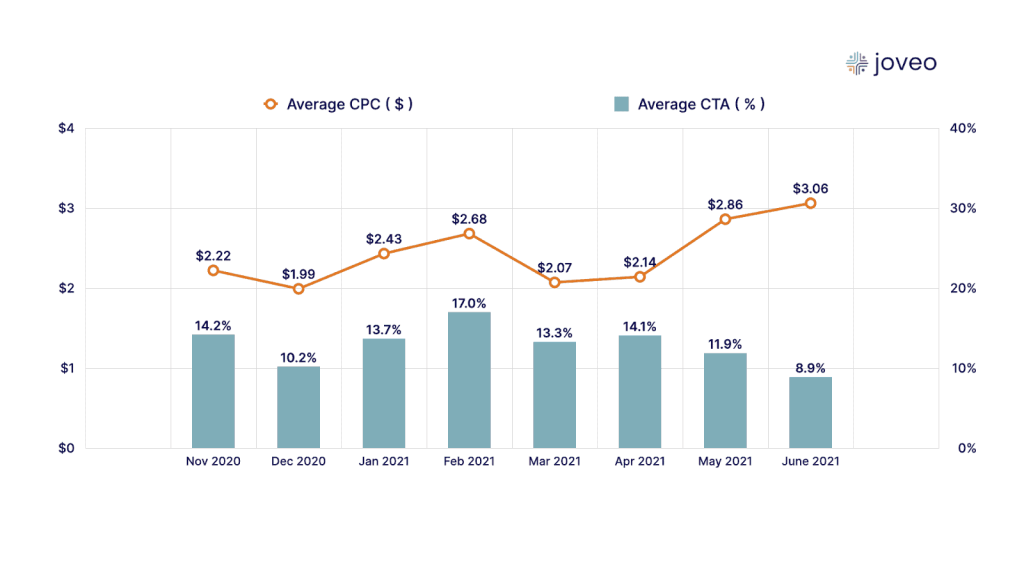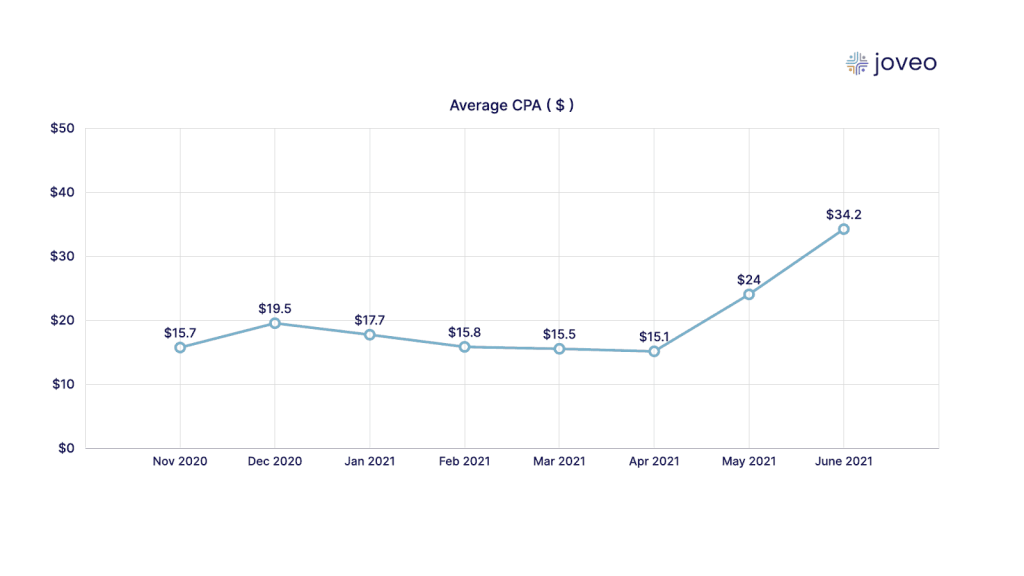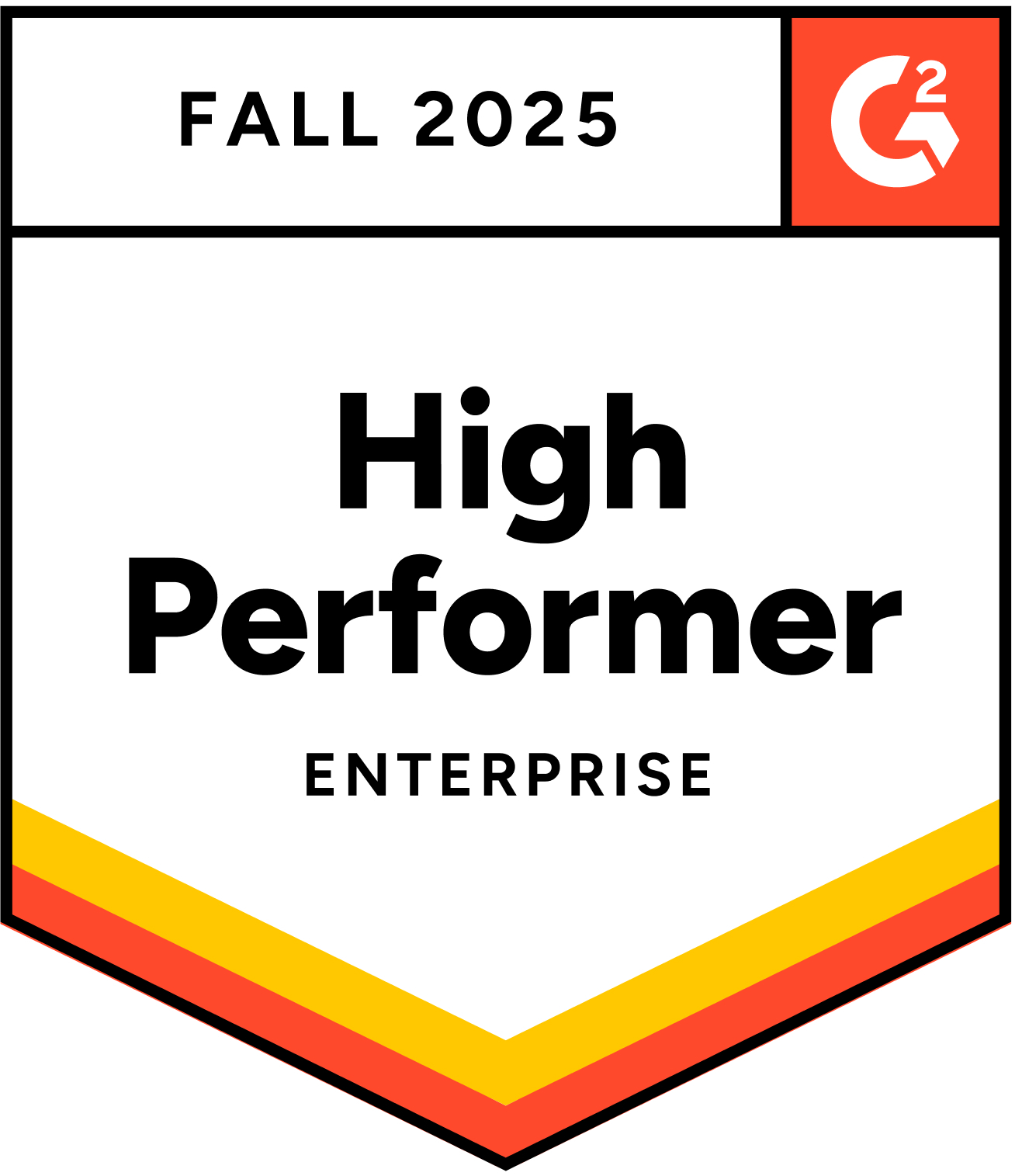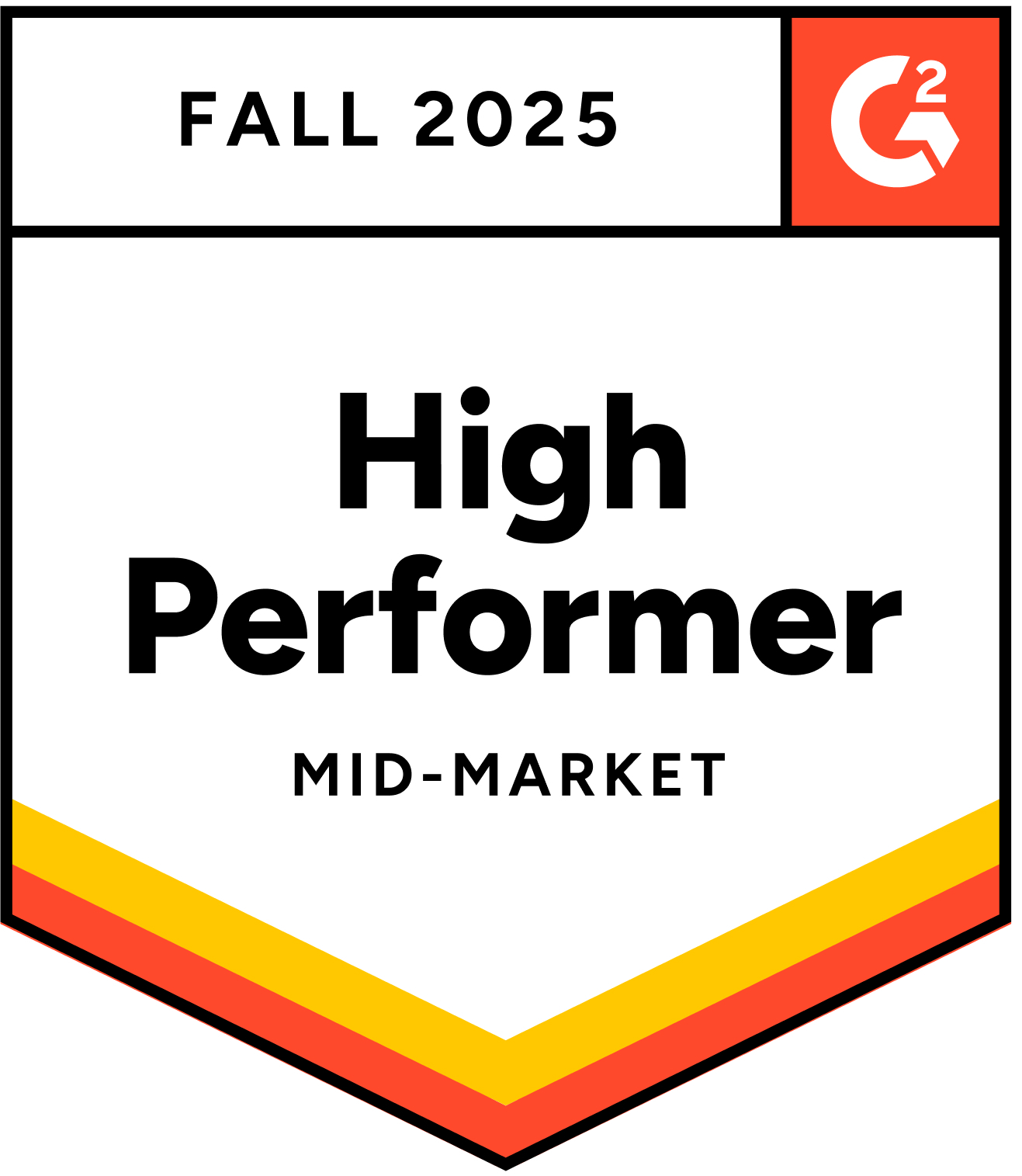The last 18-months haven’t been easy on healthcare institutions globally, much less in the U.S.
While hospitals were struggling to cope with the deluge of patients diagnosed with COVID-19 at the height of the pandemic last year, those same healthcare facilities were forced to dismiss or furlough physicians and nursing professionals simultaneously.
Early in 2021, the economy turned to a path of recovery and the number of jobs in the healthcare sector has rebounded dramatically. The Bureau of Labor Statistics reports the number of job openings in the healthcare sector grew to 1.5 million in June 2021. In comparison, the number of job openings a year earlier, in June 2020, were a mere 978,000.
In spite of these gains, healthcare institutions are unable to adequately fill these roles. This is particularly true in the case of registered nurses where an increasingly competitive market and a diminished interest in nursing roles is pervasive among job seekers.
A report by the Texas Workforce Commission stated there are currently around 23,000 open jobs for registered nurses in Texas. Burnout, stress, and fatigue are driving nurses to leave the workforce in record numbers. This is not confined to Texas, and is rather a major trend across the country.
These challenges are compounded by the recent spike in hospitalizations due to the increasing number of COVID-19 infections triggered by the delta variant of the virus. Those who have elected not to be vaccinated are a proponent of the increased cases being seen today. The ongoing shortage of nurses will be acutely felt by hospitals as the school season quickly approaches.
At Joveo, we analyzed key recruitment advertising metrics across millions of job ads powered by our programmatic job advertising platform to further understand the candidate supply and demand patterns for registered nurses over the past few months.
Here’s what we found:
The Increased demand for nurses is met with reduced job seeker interest
The cost per click (CPC) – a direct indicator of candidate demand – has risen for registered nurses by a significant 38% in just over six months (November 2020 to June 2021). This means that as demand eclipses supply, recruitment advertisers are aggressively bidding for prime media space. As the market gets more competitive, it’s getting harder to get job ads in front of the right candidates at the right time and place.
Though our data indicates that candidate demand dipped several times during the period of this study, it has recovered beyond previous levels each time, resulting in a sharply rising curve. In fact, the average CPC in the first half of 2021 was 92% higher than the same period the previous year.

The click-to-apply (CTA) ratio (the percentage of candidates that complete the job application once an ad is clicked) has dropped from a little over 14% in November 2020 to 9% in June 2021. This indicates a decline of approximately 5% in absolute terms. In other words, applicants have more options to choose from (as the number of job openings increase), resulting in fewer applications being completed on average.
A direct consequence of CPC rates going up and CTA rates declining is that the average cost per applicant (CPA) is dramatically rising.
The cost to acquire nurses continues to rise
The average CPA in June 2021 has almost doubled to $34.2 compared to $15.7 in November of last year. The major part of this growth has occurred from April to June of this year. This has a significantly adverse impact on hiring budgets across all employers in the healthcare sector.

What’s more, such a dramatic increase in applicant sourcing costs could potentially shut out hospitals that already have slim recruiting budgets from competing to acquire nurses. This would be disastrous for certain regions in the country – more so on the backdrop of a steadily increasing number of COVID-19 infections each day over the last few weeks. Worse, applicant acquisition costs are likely to remain high over the next few months.
At this time, recruitment teams need to make every job applicant count by focusing on improving their applicant quality (ones that stand a higher likelihood of converting to hires). Leveraging data and automation can ensure that the job ads are shown to the most relevant job seekers at the right time and at the right place – always.
To find out how, reach out to us today!















